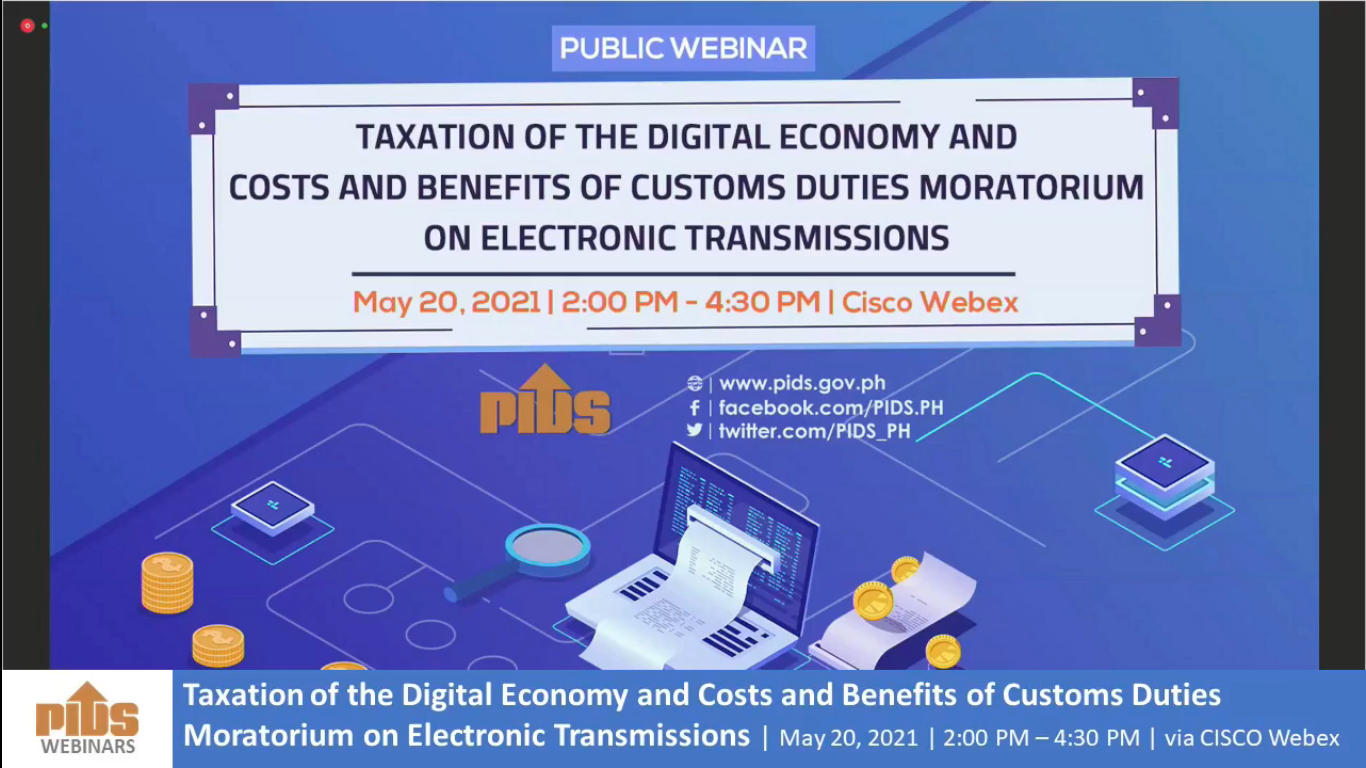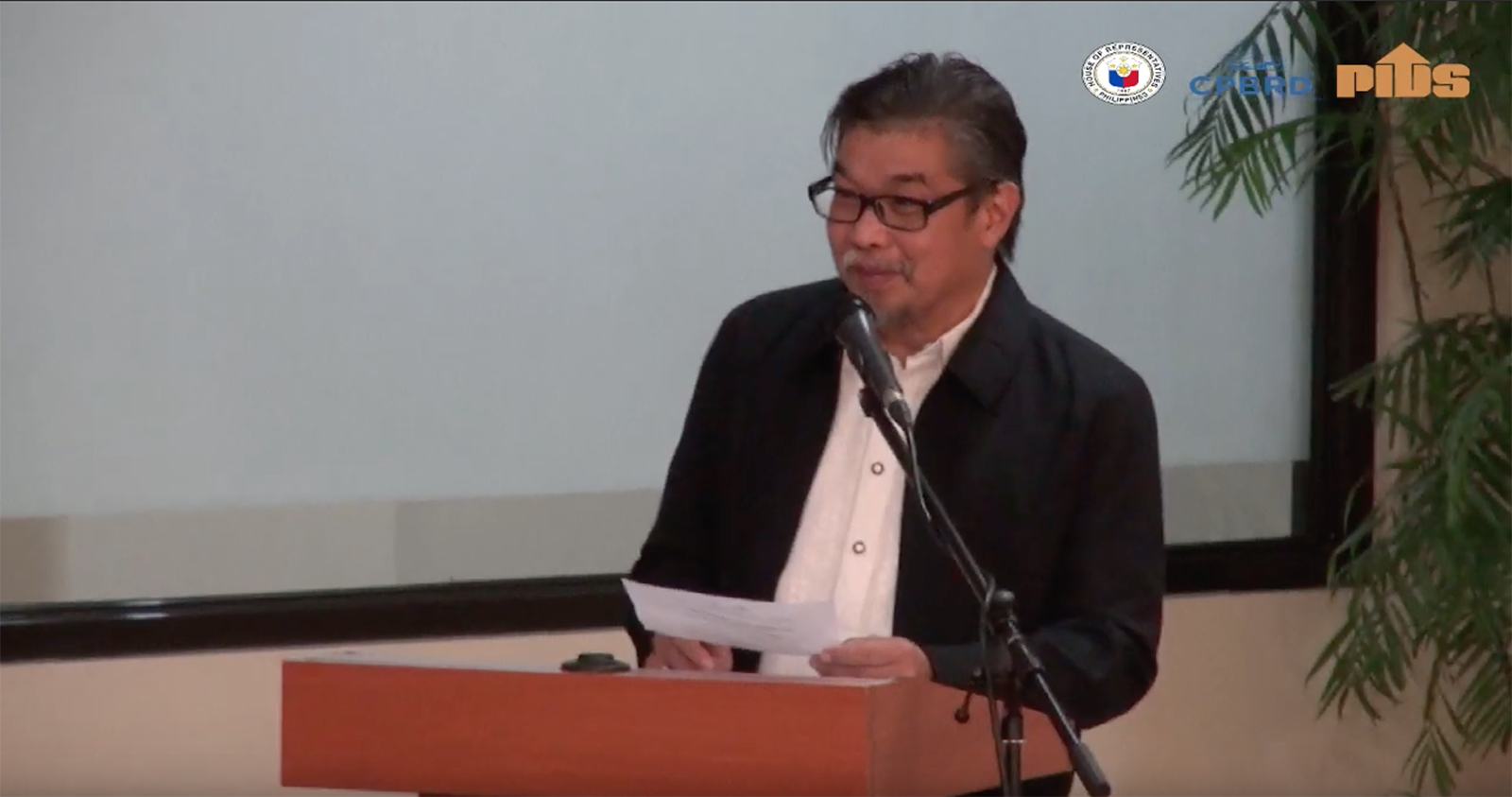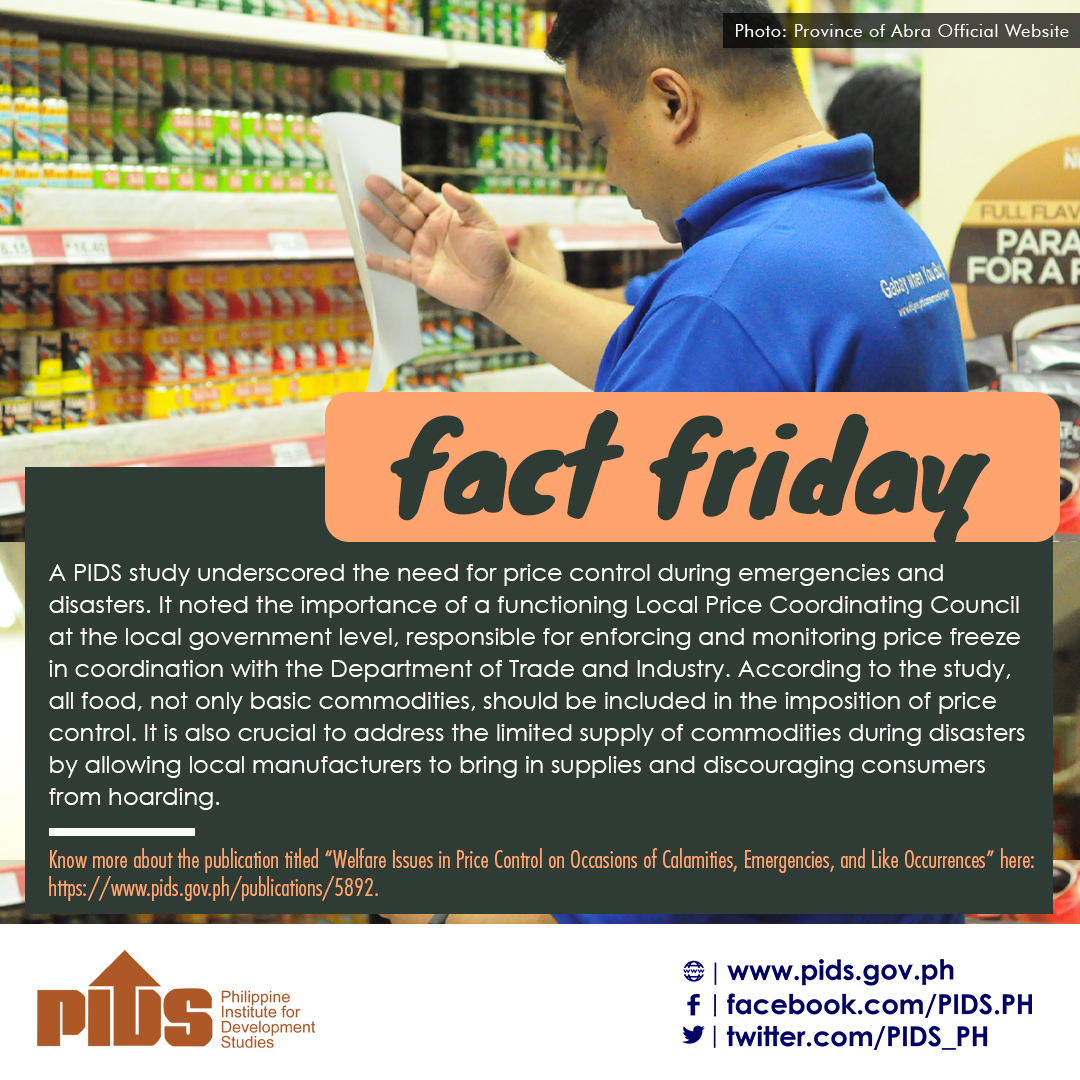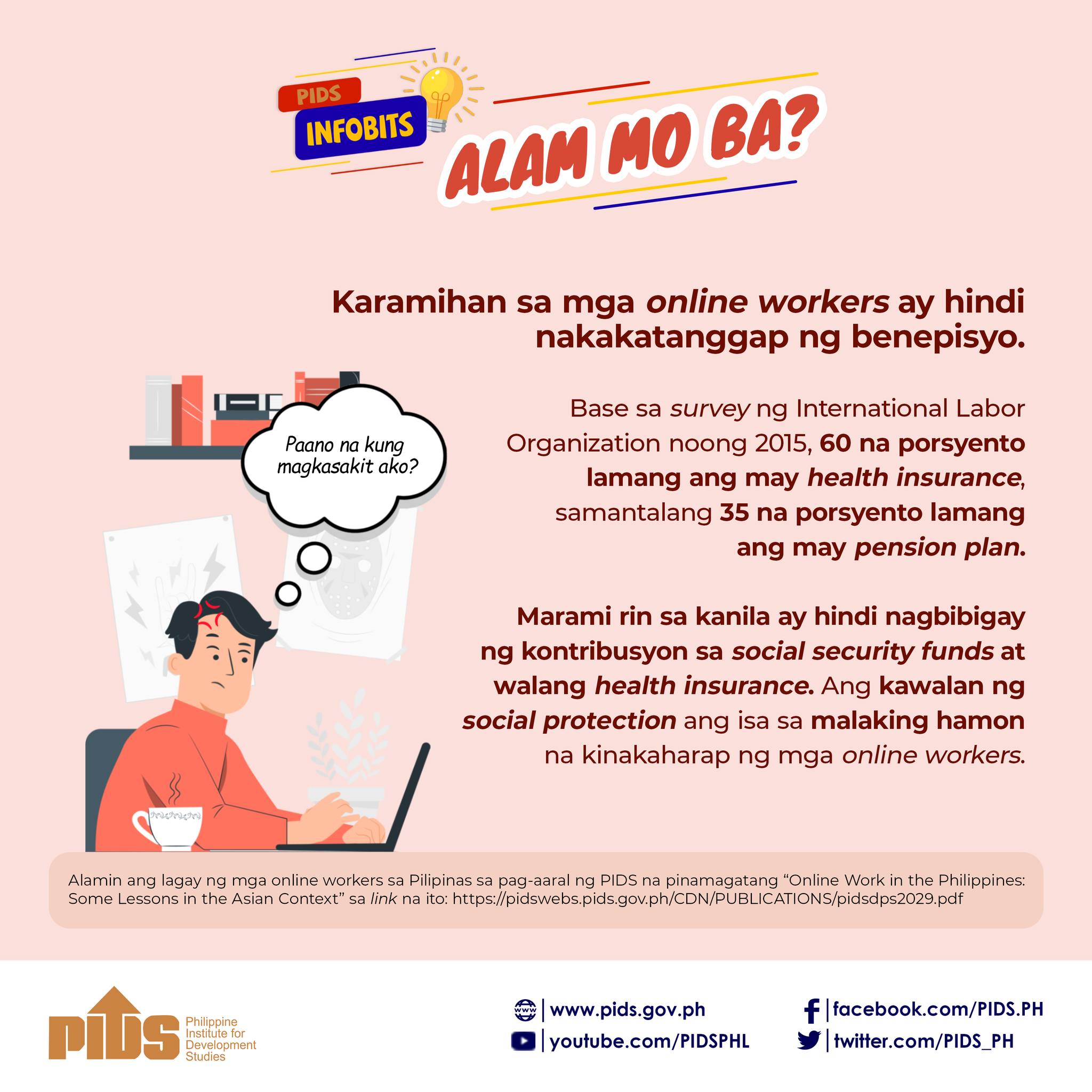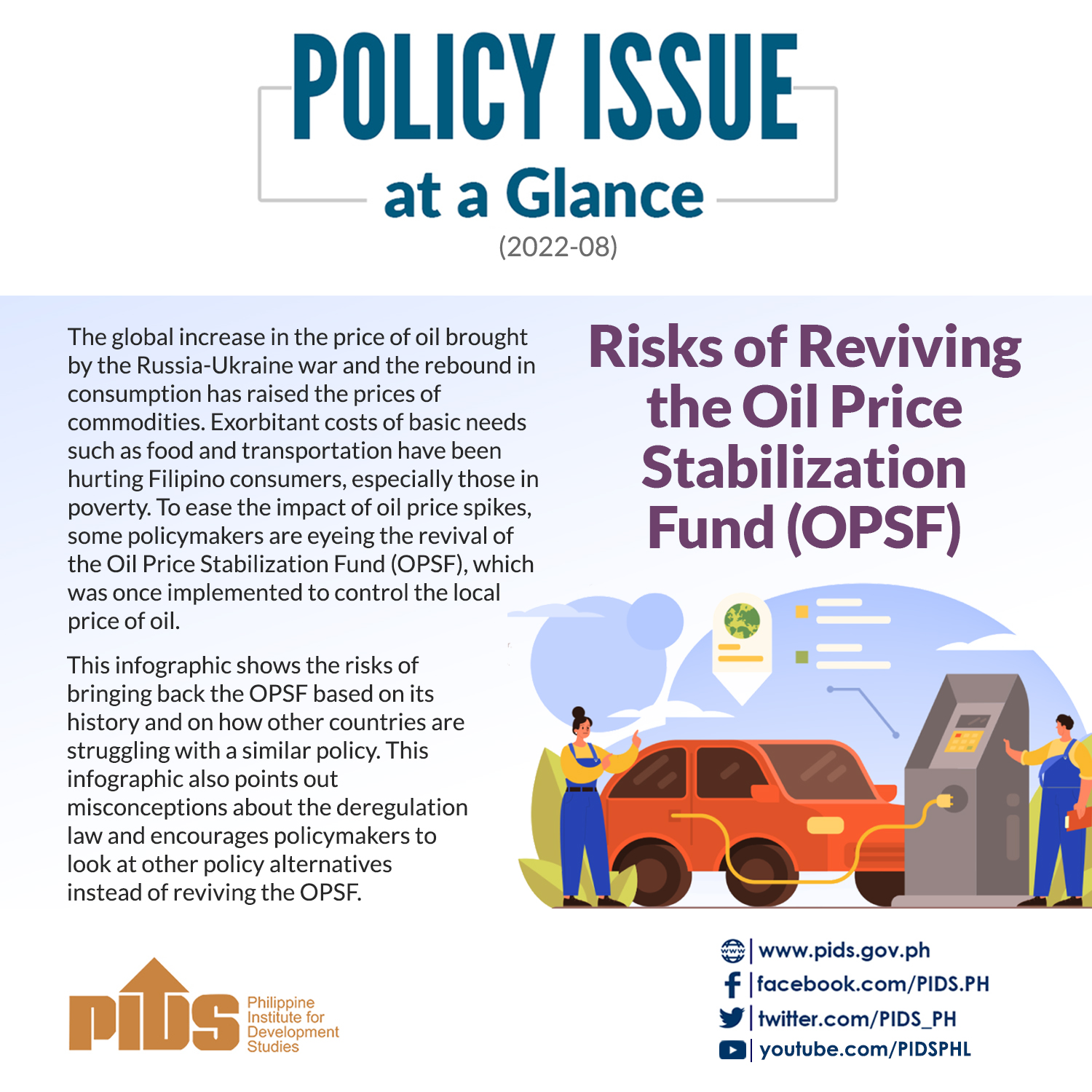ECONOMISTS have called for a clear assessment of the real effects of the price ceiling on rice that was implemented for almost a month, noting that the commodity’s prices have remained elevated.
Consumer prices quickened to 6.1% in September, as rice inflation rose by double digits.
Geny F. Lapina, a professor at the University of the Philippines Los Baños’ Department of Agricultural and Applied Economics, said the prices of premium and special rice have “not really gone down and generally remained at their levels” in the whole month of September, when the price ceilings were enforced.
The price cap, which took effect on Sept. 5 and was lifted on Oct. 4, limited the price to P41 a kilo for regular milled rice and P45 for well-milled rice.
Mr. Lapina said the quality of rice sold in markets must be checked.
“One can argue that price ceilings made rice affordable, especially for the poor, but the quality of rice might be questionable,” he said.
The Philippine Institute for Development Studies earlier warned that the price cap would be bad for consumers because it could lead to “adulterated rice” and “reclassification of rice grades.”
Mr. Lapina said various stakeholders have expected that prices, especially at the farm level, would decline during the harvest season from October to November.
“In this case, there will be greater supply in the market and hence prices will tend to go down, he said, noting that the ceiling unlikely led to a decline in retail prices, “especially since it was limited to only regular milled and well-milled rice.”
Danilo V. Fausto, president of the Philippine Chamber of Agriculture and Food, Inc., noted that based on data, 60% of the country’s total palay harvest usually happens during the last two quarters of the year.
“The decrease in rice prices, in my opinion, was mainly caused by the ongoing harvesting of palay,” he said in a Viber message.
On Oct. 3, a day before Mr. Marcos lifted the price cap, Bureau of Plant Industry (BPI) Director Glenn F. Panganiban said at a Palace briefing that authorities had observed a significant decrease in rice prices, attributing it to the ceiling as well as im-proving domestic production.
Former Finance Undersecretary Cielo D. Magno, in a Facebook Messenger chat, noted that rice prices were high last month despite the cap as seen in the September inflation data.
Rice inflation rose to 17.9% in September from 8.7% in August. This was the fastest inflation rate for the staple grain since March 2009, when rice inflation was at 22.9%.
Leonardo A. Lanzona, who teaches economics at the Ateneo de Manila University, said there should be a “clear assessment of wastage and opportunity costs caused by spending resources for a program that had nowhere to go.”
“In addition, reports of rationing as well as continued hoarding need to be verified,” he said via Facebook Messenger chat.
He lamented that the government did not rely on data in arriving at the policy “because if it did, it would be clear that wet season harvest would be enough to keep the rice price low without the need to decrease it artificially through massive subsidies to retailers and the farmers.”
Mr. Marcos has blamed economic saboteurs — hoarders and smugglers alike — for the commodity’s soaring prices.
“Cartels, hoarders and smugglers are only influential if production is weak and distribution is in shambles,” Mr. Lanzona said, noting that the agricultural sector has “become more inefficient under this presidency.”
“The key issue is why hoarders and smugglers have become more powerful now in this administration compared to the previous administrations.”
Roy S. Kempis, a retired professor at the Pampanga State Agricultural University, said if indeed rice prices have decreased, as reported by the government, it “cannot solely be attributed” to the price cap.
Among the factors that need to be considered are “price speculations that prices will drop anyway because of the start of the harvest season in some areas” and “continuing importation or release of already imported rice found in Philippine warehouses,” he said in a Viber message.
He said the price cap likely prevented retailers from buying rice from wholesalers, traders and rice millers at levels equal or higher than the ceiling. “The incentive to “buy at low prices and sell at higher prices” is therefore eliminated.”
Raul Q. Montemayor, national director of the Federation of Free Farmers, said tight supply was the main culprit for the increase in rice prices, noting that as early as the dry season harvest from March to May, palay buying pric-es were already increasing.
“Traders were anticipating tight supplies and high prices during the July-September lean months,” he said via Viber message. “There could have been some hoarding and price manipulation going on, but these were only reactions, and not the proximate cause, of the price increases.”
“So, imposing the price cap was the wrong solution because it did not address the tight supply problem.”
As global prices are still expected to increase in the coming months, the Philippine government should study whether it needs to lower rice tariff, Philip Arnold “Randy” P. Tuaño, dean of the Ateneo School of School of Government, said via Messenger chat.
For now, it should ensure that the tariff revenues from rice imports support farmers’ productivity, he said. The government should also boost supply linkages between rice producers and local communities, he added.







